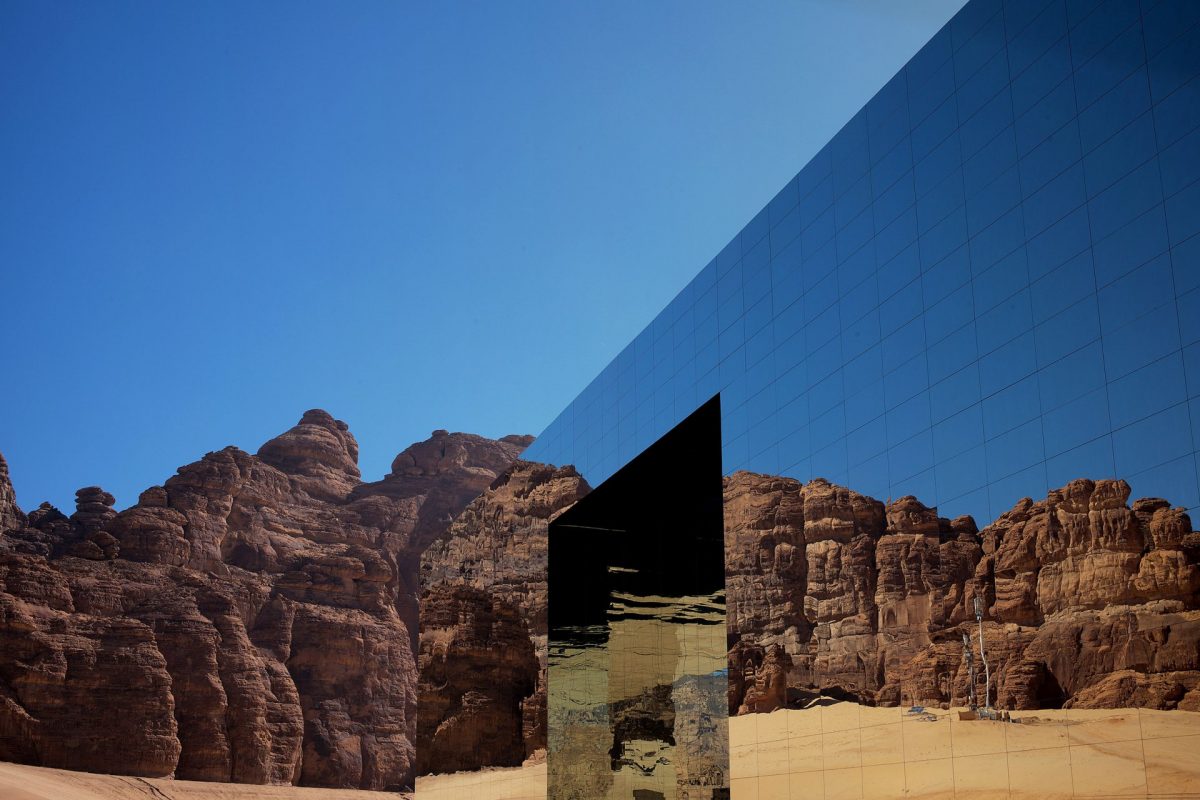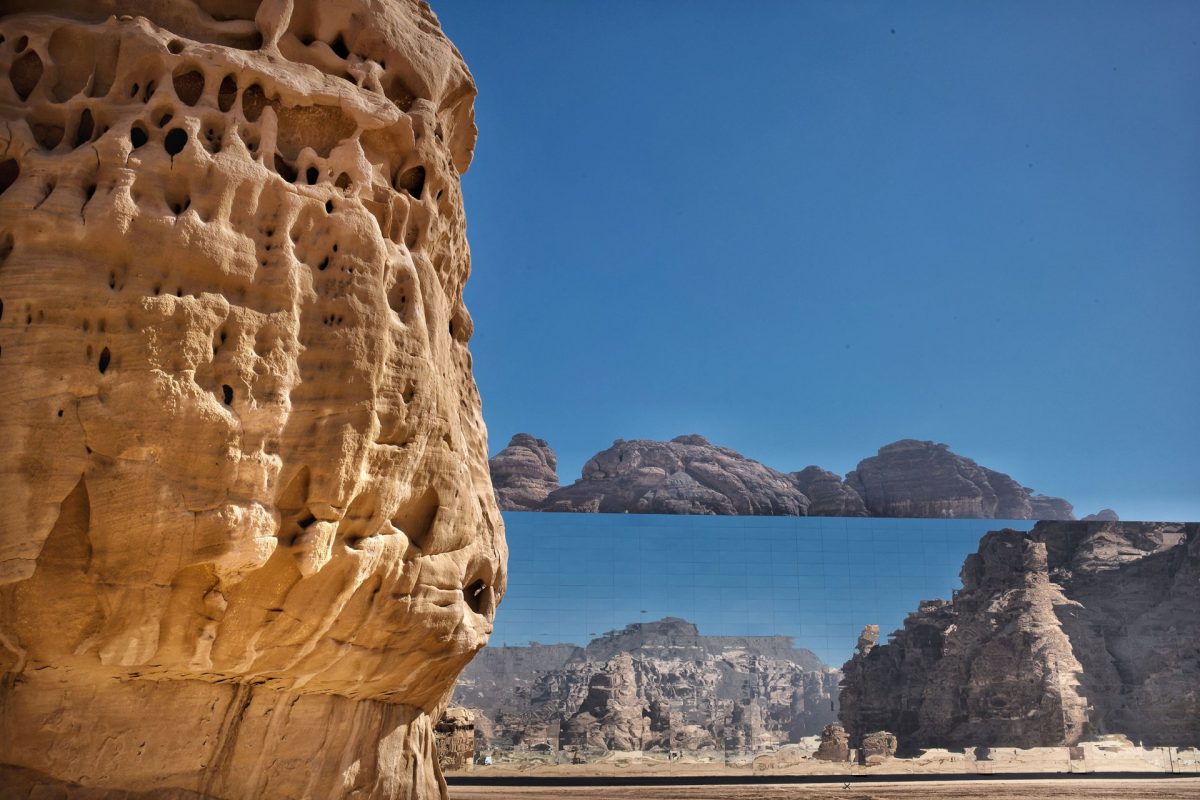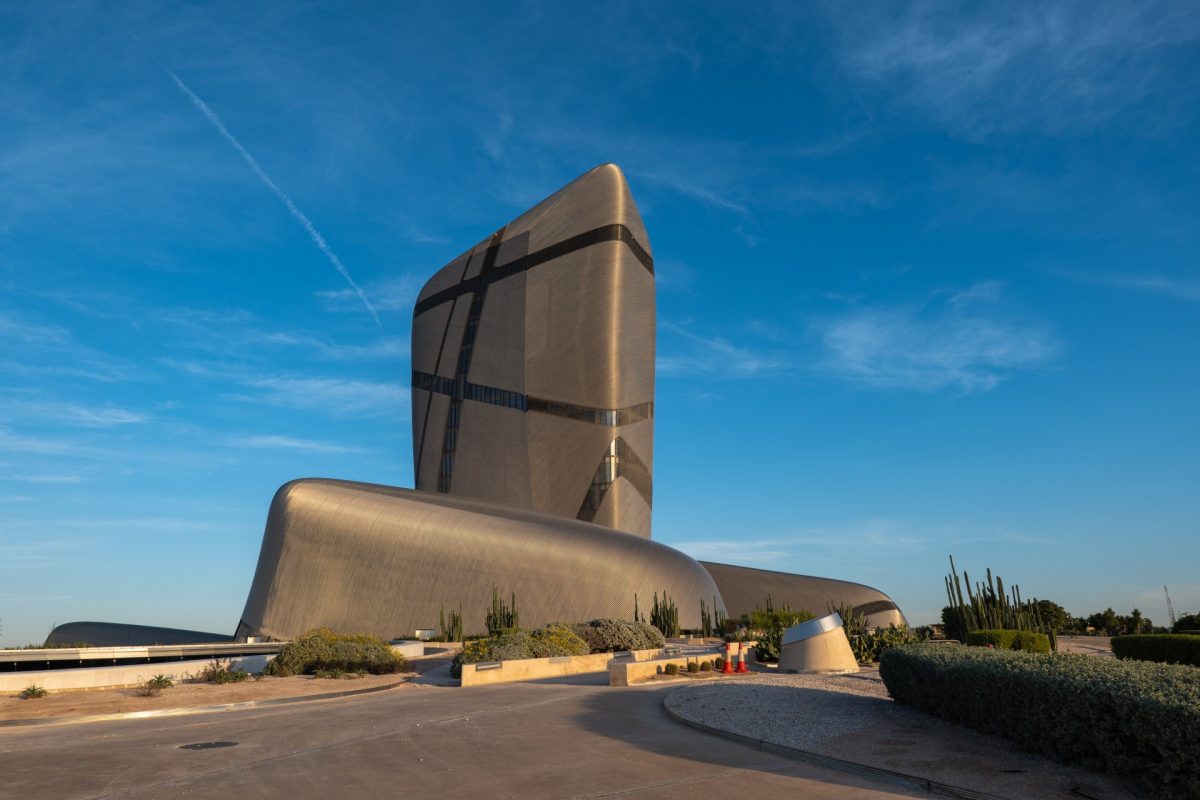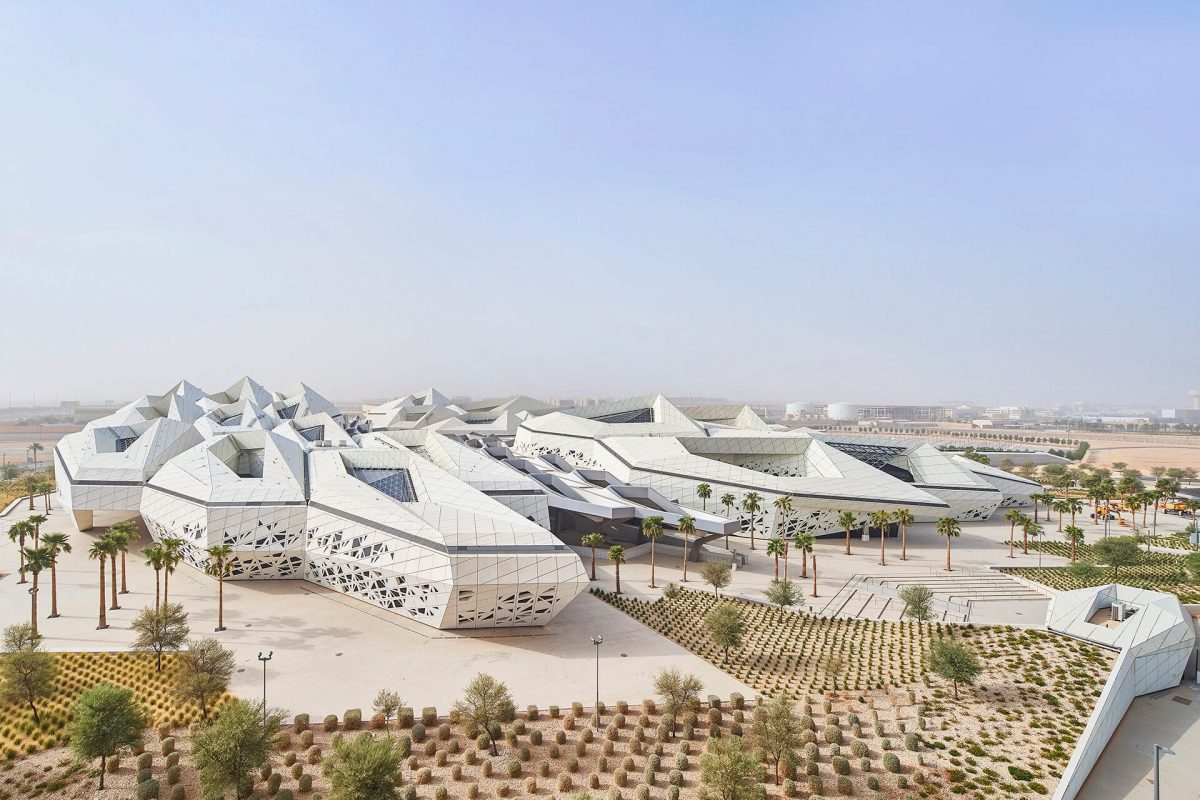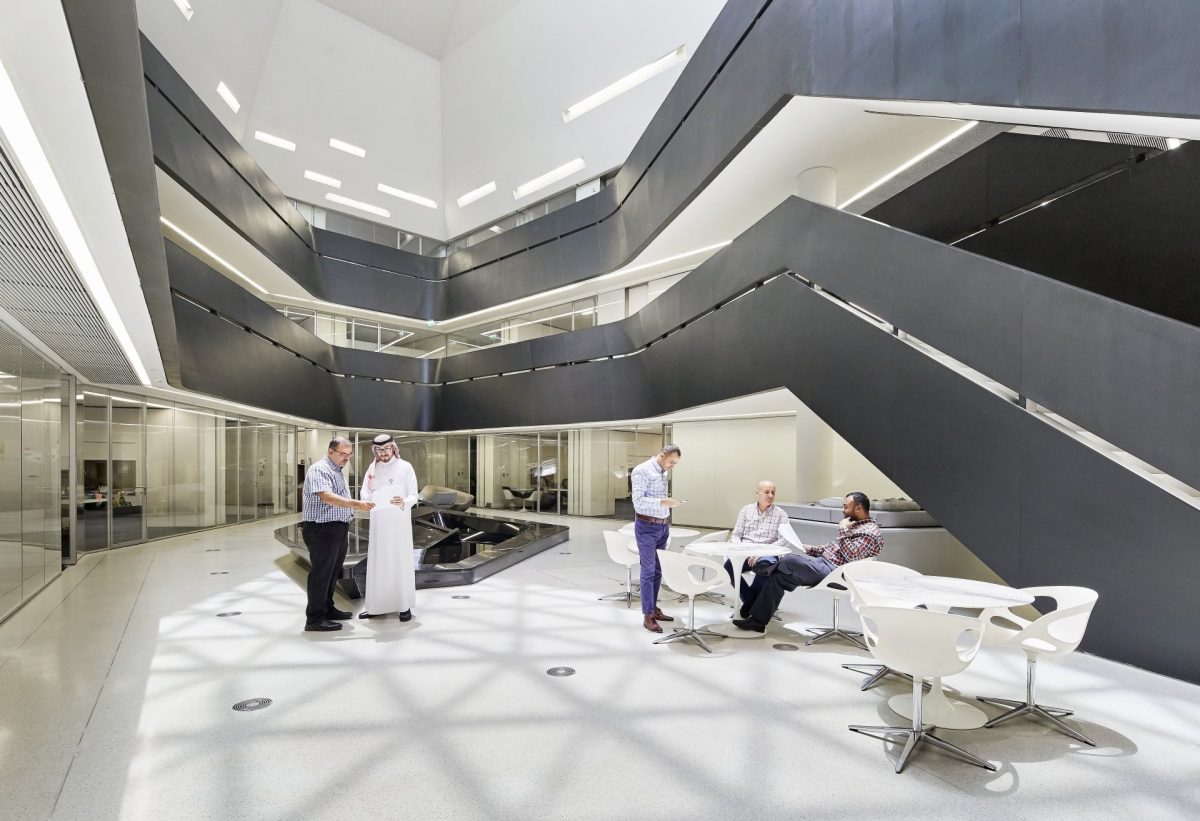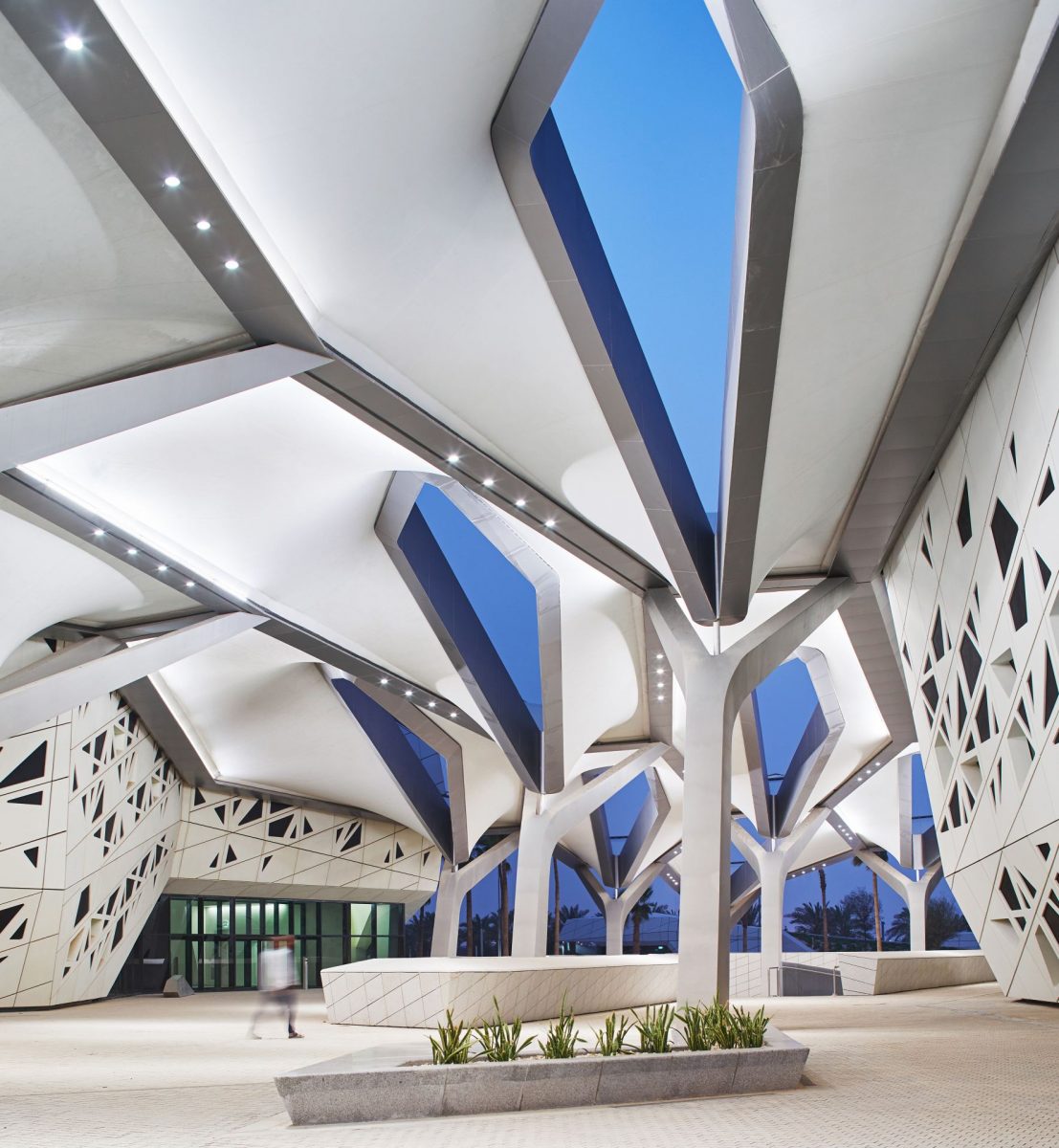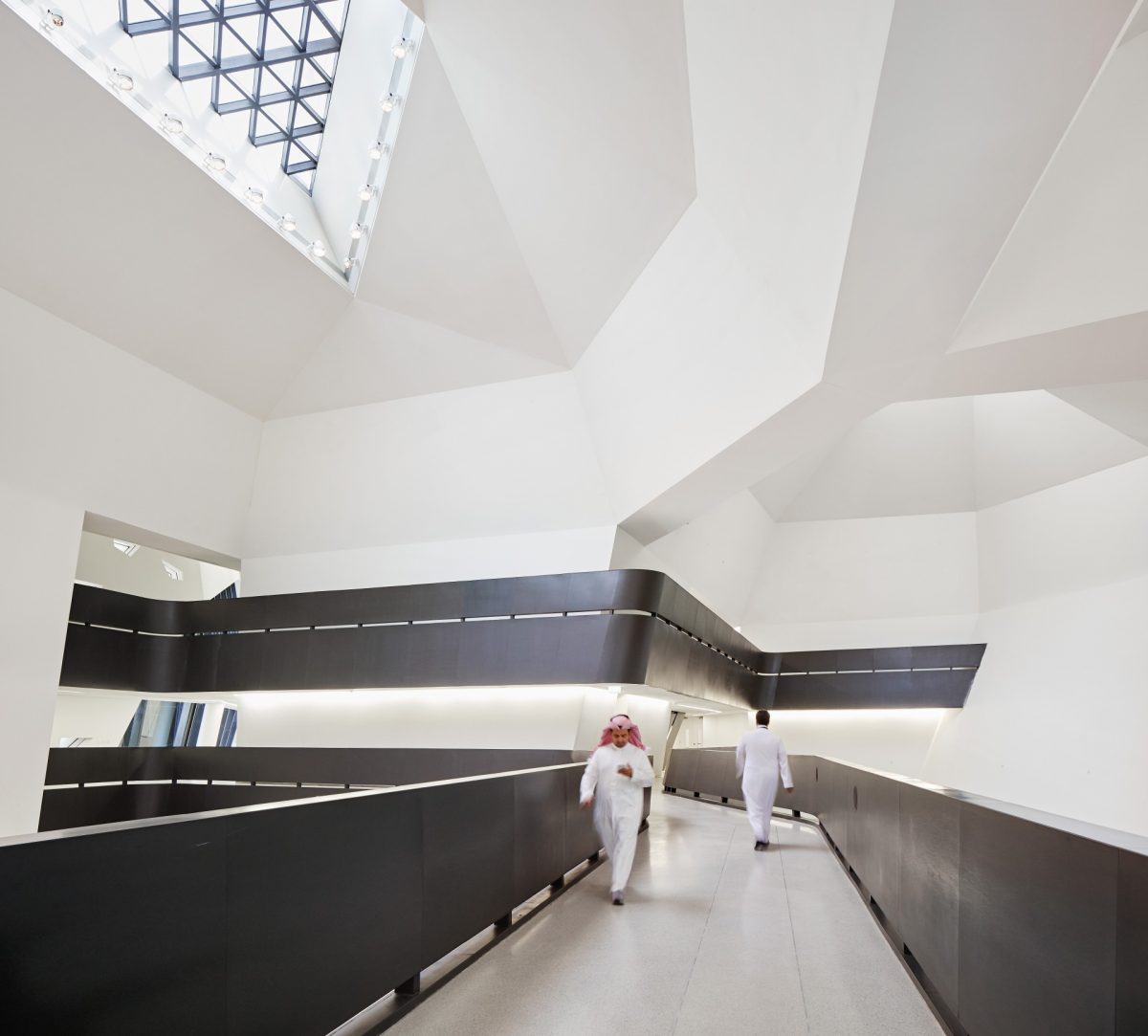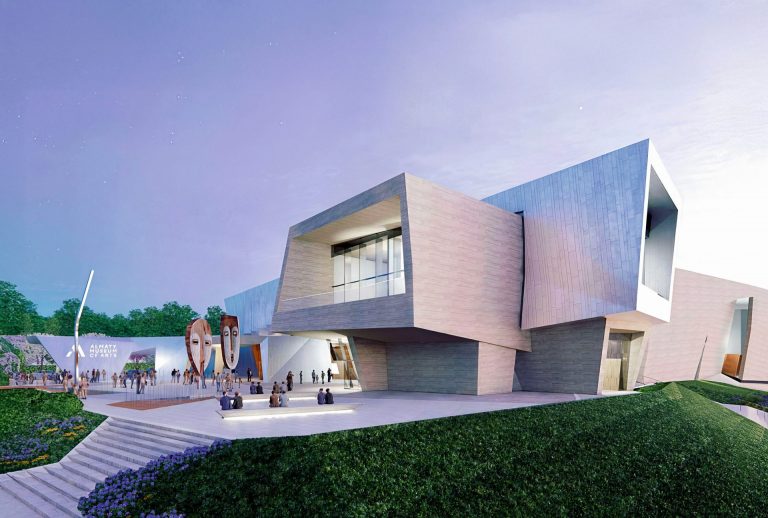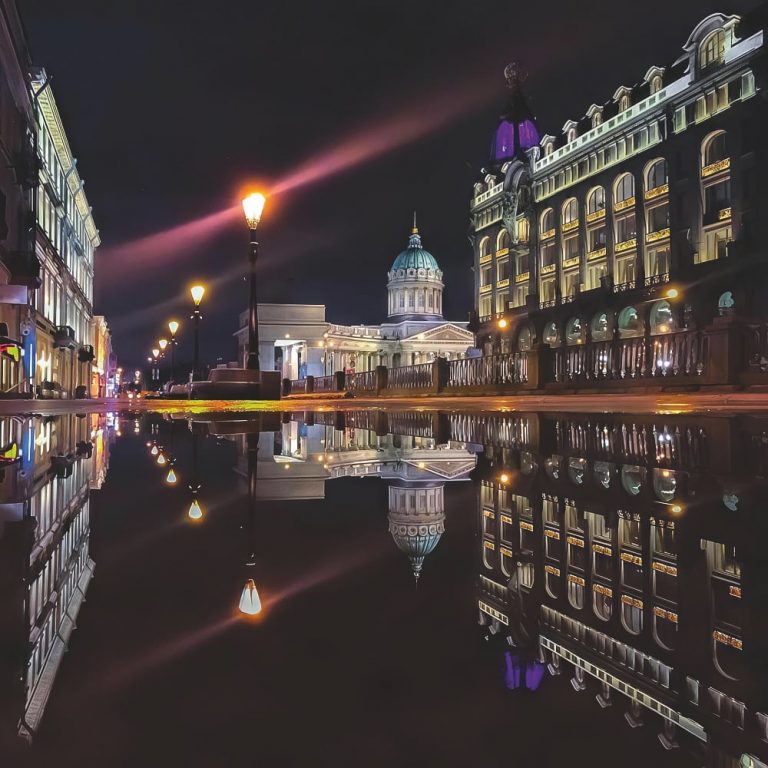With its skyscrapers, vertical and horizontal cities, and desert museums, Saudi Arabia is becoming an infinite playground for architectural innovation and a magnet for millions of tourists worldwide.
Maraya Concert Hall
In 2019, the construction of the world’s largest mirror building, the Maraya Concert Hall (meaning “mirror” in Arabic), was completed in Saudi Arabia’s Al-Ula region, covering an area of 5,000 square meters. The Milan-based studio Giò Forma designed the project, transforming the building into a true fusion of arts: immersive theater, kinetic art adorning the halls, music, and even land art — the building mirrors the surrounding rocks, seemingly dissolving into the golden sands of the oasis.
Kingdom Center Tower
One of the first skyscrapers in the country emerged in Riyadh in the early 2000s and remains one of Saudi Arabia’s tallest structures to this day. Kingdom Center Tower boasts 99 floors. The project’s distinctive feature — its unique silhouette — is credited to American architects from Ellerbe Becket. The skyscraper takes the form of an inverted parabolic arch, topped with a 65-meter glass bridge that serves as the city’s premier viewing platform. Inside the Kingdom Center Tower, you’ll find the typical components of such buildings: apartments, offices, shopping centers, and a hotel. What sets this skyscraper apart are its two unique features: an observatory and a mosque.
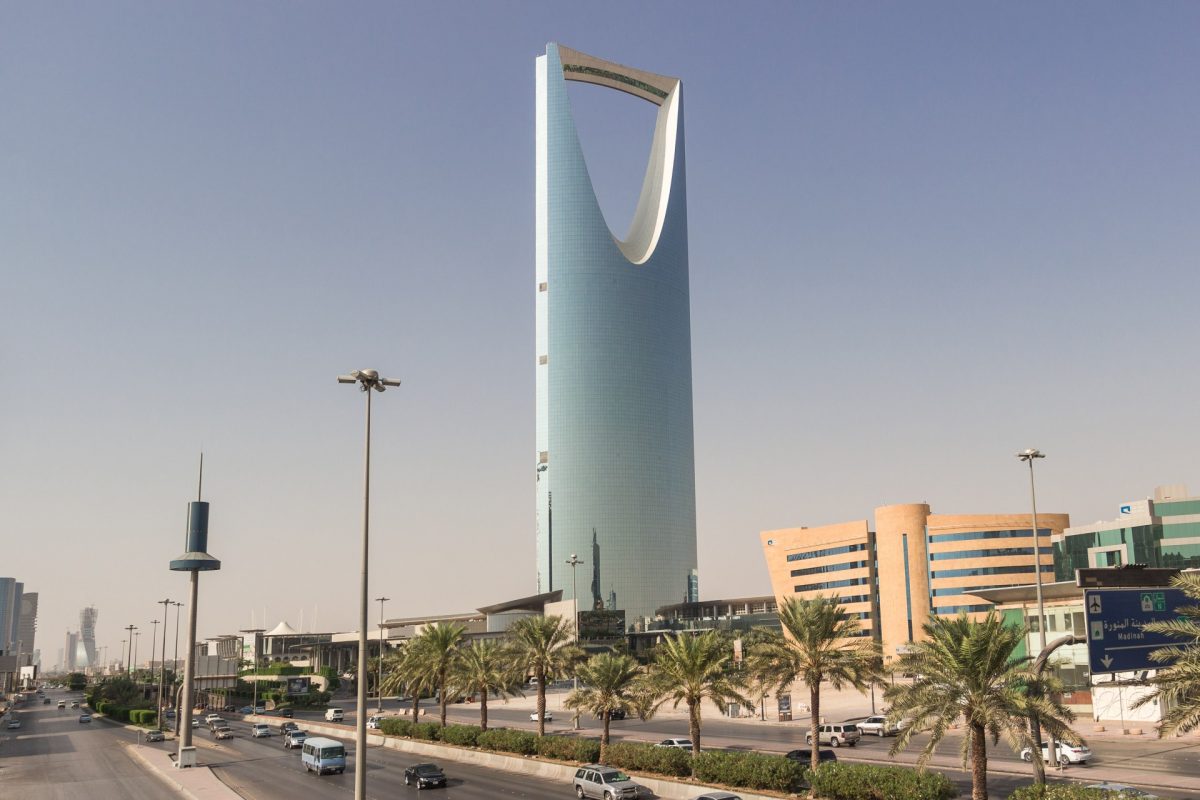
The Line
Since 2021, one of the most ambitious projects not just in Saudi Arabia, but globally, is being implemented on the Red Sea coast. The Line city is envisioned as a colossal monolith stretching 170 kilometers from the northwest of the country to the provincial capital of Tabuk. There will be no cars in the city — only high-speed transit located underground. The Line will be powered by solar panels and other renewable sources. The massive structure with mirrored facades will stand 500 meters tall, with a width of just 200 meters.
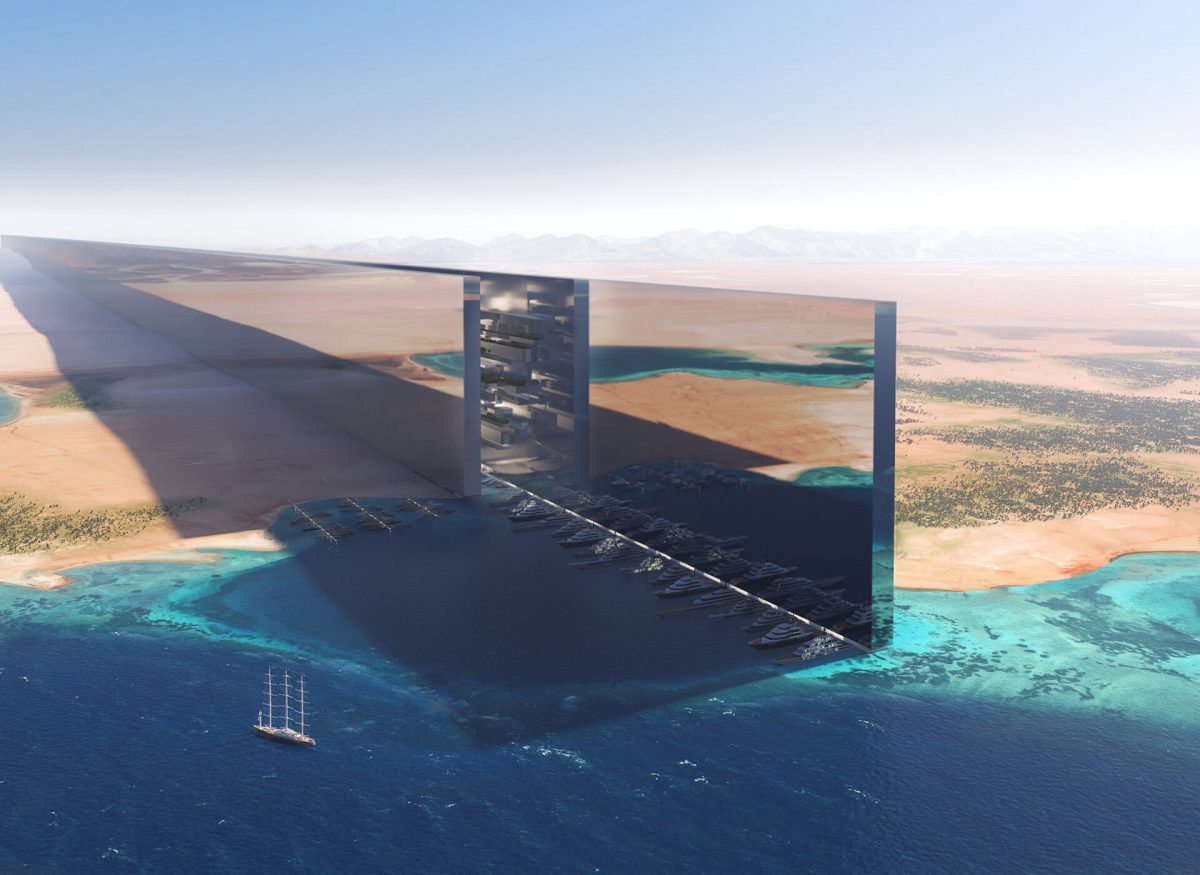
King Abdulaziz Center for World Culture
The Center for World Culture in Dhahran (Ithra), one of the most visited attractions in the country, is named after the nation’s founder and first king, Abdul-Aziz, and its scale is fittingly grand. The impressive complex, spanning 80,000 square meters, was constructed over a decade and inaugurated in 2018. The project’s creators, architects from the Norwegian firm Snohetta, managed to merge past and future: they utilized local construction materials like clay, stone, and sand, but gave the building a futuristic shape that starkly contrasts with Dhahran’s historical architecture. The center encompasses a library, exhibition halls, an archive, galleries, a museum, a cinema, and a concert venue.
King Abdullah Petroleum Studies and Research Center
As Saudi Arabia is vigorously advancing alternative energy, King Abdullah Petroleum Studies and Research Center (KAPSARC) stands as one of the key state institutions. In 2017, a new campus was constructed for it, with the project design entrusted to the renowned Zaha Hadid Architects. The complex consists of five hexagonal buildings that appear to be stacked on top of each other, enclosing a spacious courtyard within. The complex can be extended by adding more buildings, much like a modular system, while the building itself adheres to the highest environmental standards, with extensive use of solar panels, wind energy, and water recycling.
The Golden Skyscraper
A new city, this time a vertical one, is set to be constructed in the state capital — Riyadh. The city, to be named Mukaab, will be situated within a golden cube standing 400 meters tall and covering an area of 19 square kilometers. The enormous skyscraper’s facades will feature golden panels adorned with geometric patterns in the national style. The interior of the structure will house residences, offices, shops, restaurants, and cultural-entertainment centers — essentially, all the elements that constitute a modern city. The city’s focal point will be a spiral tower evoking a golden tornado.
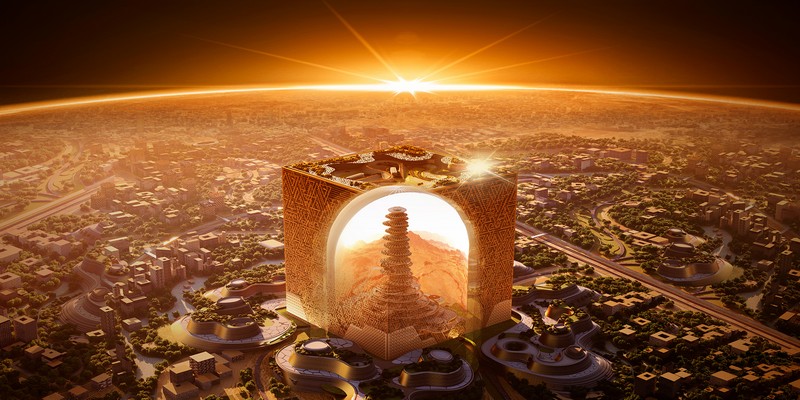
Photo: press-office, Shuttestock.com, newmurabba.com, gioforma.com, neom.com, HUFTON AND CROW/Zaha Hadid Architects
